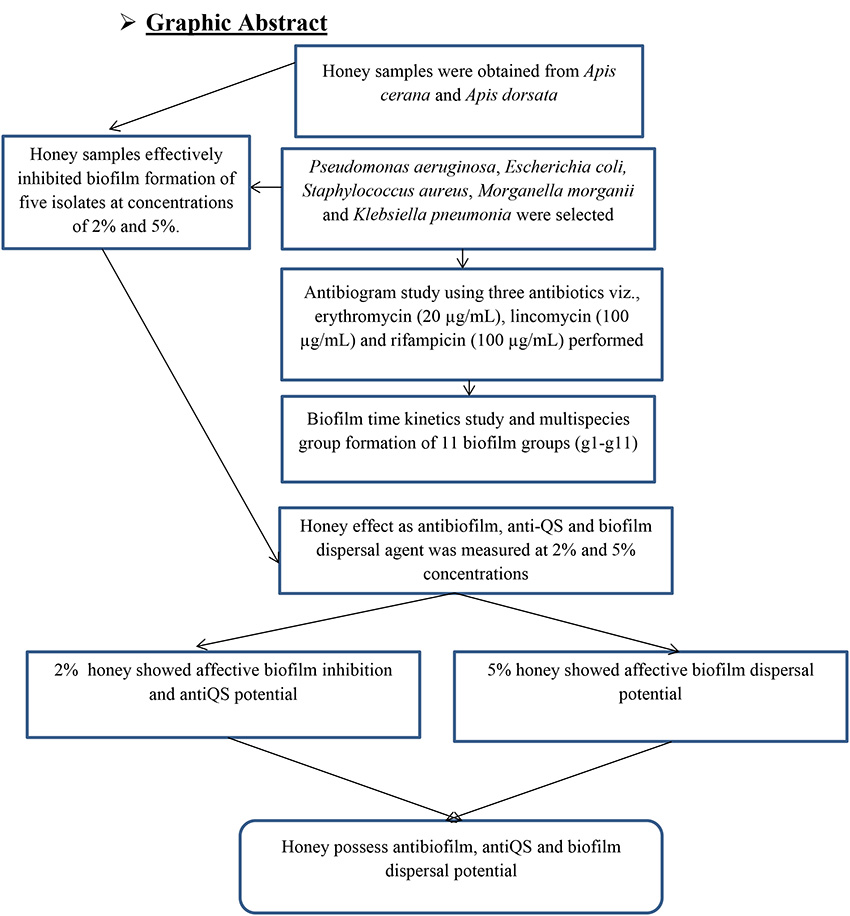- J-STAGE home
- /
- Journal of Oleo Science
- /
- Volume 71 (2022) Issue 3
- /
- Article overview
-
Iram Liaqat
 https://orcid.org/0000-0002-4638-8253
https://orcid.org/0000-0002-4638-8253
Microbiology Lab, Department of Zoology, GC University -
Babar Gulab
 https://orcid.org/0000-0002-4358-3539
https://orcid.org/0000-0002-4358-3539
Microbiology Lab, Department of Zoology, GC University -
Uzma Hanif
 https://orcid.org/0000-0002-3425-6886
https://orcid.org/0000-0002-3425-6886
Department of Botany, GC University -
Aisha Sultan
 https://orcid.org/0000-0002-2851-8747
https://orcid.org/0000-0002-2851-8747
Punjab Rangers Teaching Hospital -
Ayesha Sadiqa
 https://orcid.org/0000-0003-2900-5940
https://orcid.org/0000-0003-2900-5940
Department of Chemistry, University of Engineering and Technology -
Urooj Zafar
 https://orcid.org/0000-0001-6506-1080
https://orcid.org/0000-0001-6506-1080
Department of Microbiology, University of Karachi -
Muhammad Afzaal
 https://orcid.org/0000-0002-2369-2658
https://orcid.org/0000-0002-2369-2658
Sustainable Development Study Centre, GC University -
Sajida Naseem
 https://orcid.org/0000-0002-9211-2944
https://orcid.org/0000-0002-9211-2944
Department of Zoology, University of Education -
Sumia Akram
 https://orcid.org/0000-0001-9818-6832
https://orcid.org/0000-0001-9818-6832
Division of Science and Technology, University of Education -
Gulbeena Saleem
Department of Pathology, University of Veterinary and Animal Sciences
Supplementary material
2021 Volume 71 Issue 3 Pages 425-434
- Published: 2021 Received: June 16, 2021 Released on J-STAGE: March 02, 2022 Accepted: November 14, 2021 Advance online publication: February 11, 2022 Revised: -
(compatible with EndNote, Reference Manager, ProCite, RefWorks)
(compatible with BibDesk, LaTeX)



